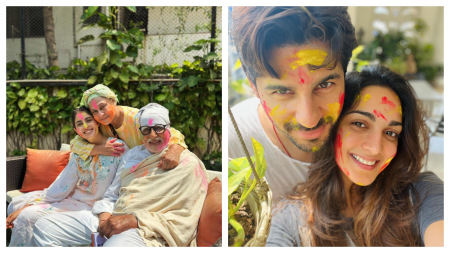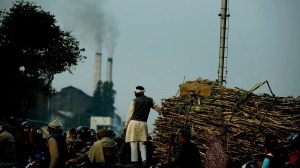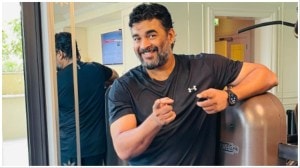- India
- International
The Rest that is History
Filmmaker Shyam Benegal documents the history of Punjab on the reel
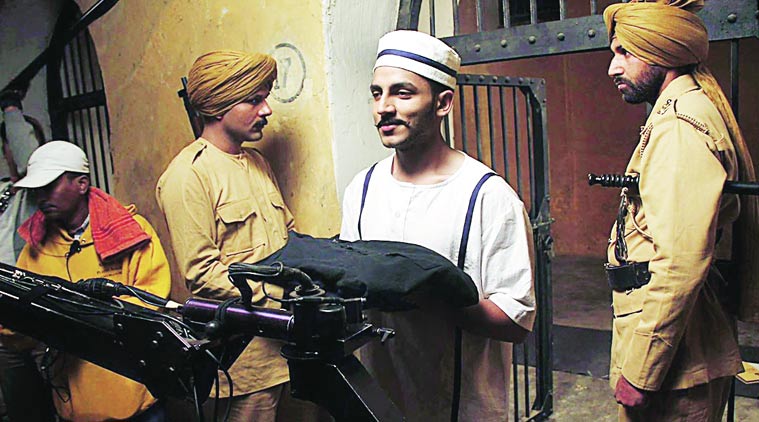 Stills from Shyam Bengal’s 90-minute docudrama Jang-e-Azadi that is being shot in Punjab.
Stills from Shyam Bengal’s 90-minute docudrama Jang-e-Azadi that is being shot in Punjab.
In 90 minutes he hopes to chronicle the history of Punjab of over a century — from the 1840s, when the saint-soldiers of Maharaja Ranjit Singh resisted the annexation of the State by the British, to the role played by Punjab during the freedom movement. Shyam Benegal has an arduous task, but the 80-year-old filmmaker is brimming with ideas. Director of classics such as Manthan, Nishant and Zubeida, through the docudrama Jang-e-Azadi, commissioned by the Punjab Freedom Movement Memorial Foundation – Benegal will pay tribute to bravehearts from the region. The Dadasaheb Phalke awardee talks about the film that he will wrap up shooting by the end of this month and veering towards a lighter vein in his recent projects.
You worked on the historical drama Bharat ek Khoj in the 1980s. How is it to work on this one?
The Punjab Government plans to build a halfway house in Kartarpur, between Amritsar and Delhi, on the highway. A hub that will have hotels, an amusement centre and childrens’ spaces, it will also have a museum with a screening area where Jang-e-Azadi, a 90-minute docudrama dedicated to the freedom movement in Punjab, will play in a loop. The film is connected by the rousing music of balladeers and captures the independent spirit of Punjab — from resistance put up by the saint-soldiers of Maharaja Ranjit Singh against the British, through landmark events of the Punjabi freedom movement, including the battle of Chillanwala in the Second Anglo-Sikh War, the Kuka and Ghadar movements, Komagata Maru, the martyrdom of Bhagat Singh and Uddham Singh’s revenge against the perpetrators of the Jallianwala Bagh Massacre.
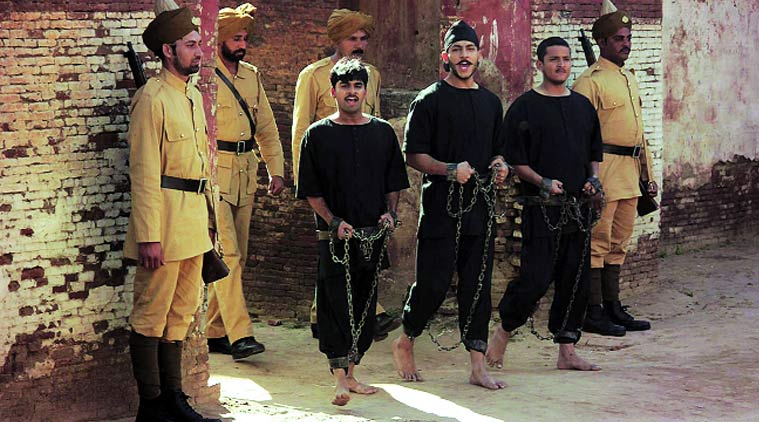
What prompted you to take up the the project?
It was interesting and exciting. I guess they approached me because I’ve dealt with a lot of history myself, from making Bharat Ek Khoj to Samvidhaan. Interestingly, my wife is half Punjabi and half Bengali, and I’ve always felt that Punjabis are the Americans of India. They don’t worry about shifting homes, they chase opportunities and are outgoing. For instance, American Punjabis live an extremely modern lifestyle, yet are rooted and connected. More than the political divisions, I am drawn to this cultural image, this Punjabiyat.
The film encapsulates a century. How difficult was it to chronicle all that happened in such a short duration?

We have a committee of scholars and authorities on Punjab history working with us, along with writers such as Shama Zaidi and Atul Tewari. The challenge was what to choose, to work within a budget, to focus on characters who shaped Punjab as we know it today and to avoid religious contexts. We worked on three levels — factual history, history of heroes and popular history or historical folklore, and connected it with a narrative and balladeers to give a sense of the period. Kuldeep Singh of Panjab University composed 25 ballads for us.
Would you have rather screened it on television? Also, how much has television changed since you made Bharat ek Khoj?
The decision on where to screen or taking it beyond the museum lies with the Government of Punjab. I guess it can be put on DVDs. My views on television don’t matter because it has to do with commercial viability and TRPs now. However, you still have “enlightened television” where you learn something substantial, such as the Rajya Sabha and Lok Sabha television.
How has your approach to cinema changed over the years? Have you become less angst-ridden?
With maturity of age, analysis of life changes, perceptions change and cinema changes accordingly. I’ve been veering towards a lighter vein with films such as Welcome to Sajjanpur and Well Done Abba. I’m moving towards satire, because melodrama doesn’t ring true, satire does.
Your film Manthan was sent to the Oscars in 1977. After all these years, do you feel Indian cinema has arrived internationally?
I hate to use the term ‘arrived’, but yes, filmmakers from India are more recognised than they were. While we still carry our tradition of song and drama, our films are evolving, getting into the international language of cinema and travelling well to other countries. Today audiences are receptive to films of unconventional structure, content and concept.
Do you ever have an urge to work on an autobiography? Are there any other films in the pipeline?
I am too boring to write an autobiography. There is a film, but I will share details once it’s finalised. In a filmmaker’s head there is always more than one project, it’s a question of what gets funding and that’s a struggle even today, because I make films that don’t pander to any popular parlance.
Photos
Apr 25: Latest News
- 01
- 02
- 03
- 04
- 05





















